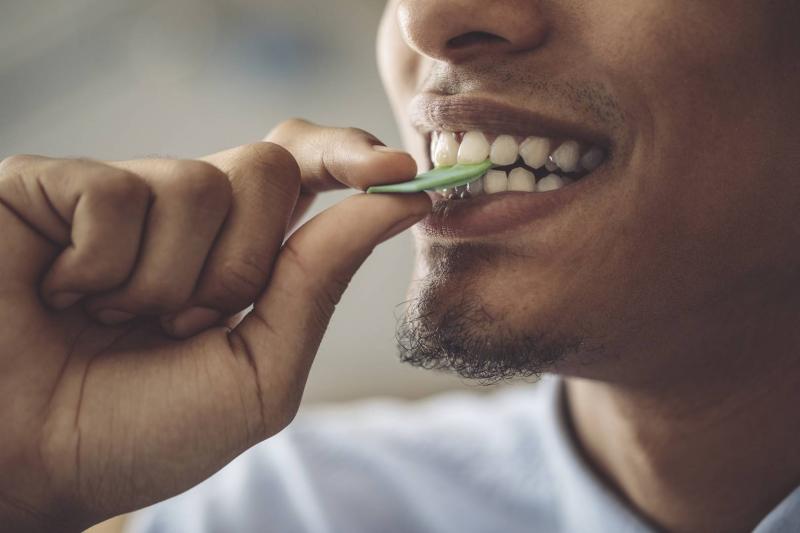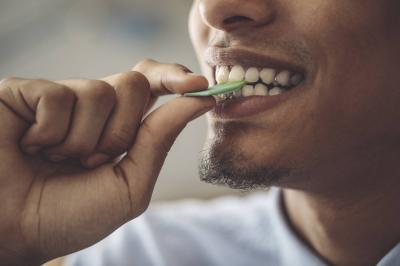A team of experts warns about the health consequences of swallowing gum, which can lead to a strange and uncomfortable medical condition. Gum can accumulate in the digestive system and harden to form a "trichobezoar," and chewing on other indigestible materials, such as hair, can increase the risk of this condition. While consuming fruits and vegetables is very beneficial, a "trichobezoar" can sometimes form from the indigestible parts of these foods, such as cellulose.
In an interview with The Conversation, Dr. Dan Boogardt, an expert in pharmacy and neuroscience from the University of Bristol, mentioned that persimmons, especially unripe ones, tend to form "trichobezoars" due to their high tannin content, which is naturally found in plants. Boogardt added, "Fibers from fruits, vegetables, milk, medications, and swallowed gum can form an indigestible mass in the stomach, while consuming inorganic materials such as paper, polystyrene, and plastic can also cause 'trichobezoars.'"
"Trichobezoars" can silently linger in the digestive system for years, since they do not cause any symptoms that could alert doctors or family members to their presence, as long as they do not obstruct the normal functioning of the organs. However, they can cause a range of problems, including nausea, abdominal pain, vomiting, ulcers, and even internal bleeding.
Health experts also pointed out the compulsive consumption of inedible materials, such as hair, paper, and sand, which is medically termed "pica." Young children, as well as adults with learning difficulties, are among the most common individuals affected by "pica," but adults experiencing mental stress, compulsions, or deficiencies in iron or zinc in their diets may also develop this condition. Pregnant women can also develop "pica," which is believed to be a reaction of the body seeking certain types of nutrients.




